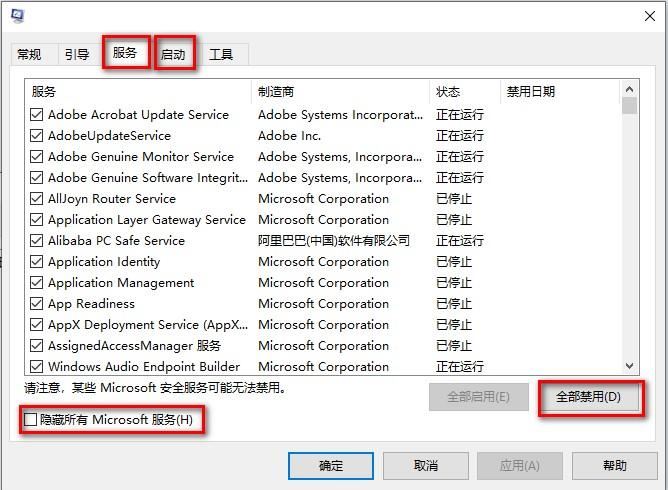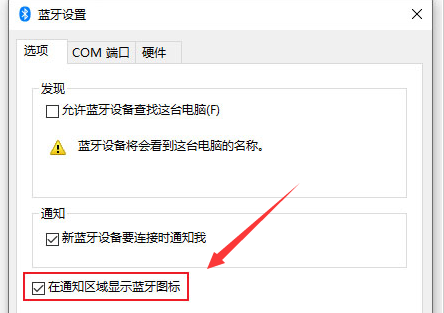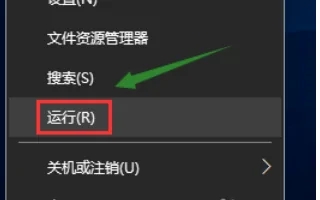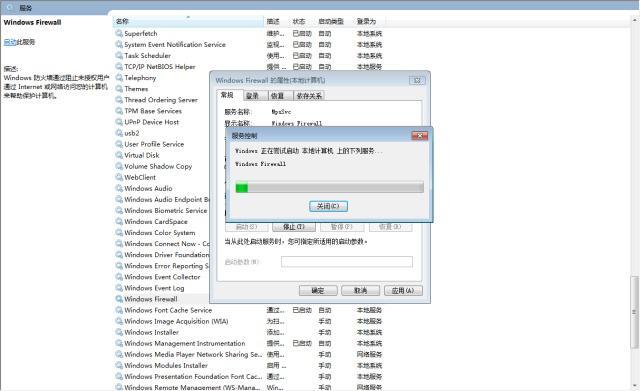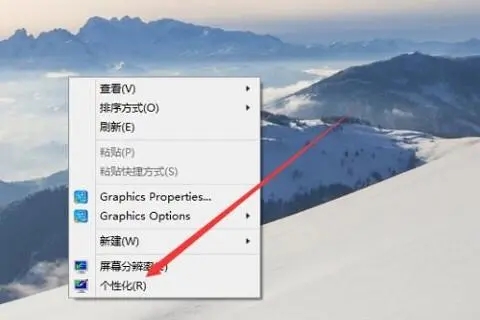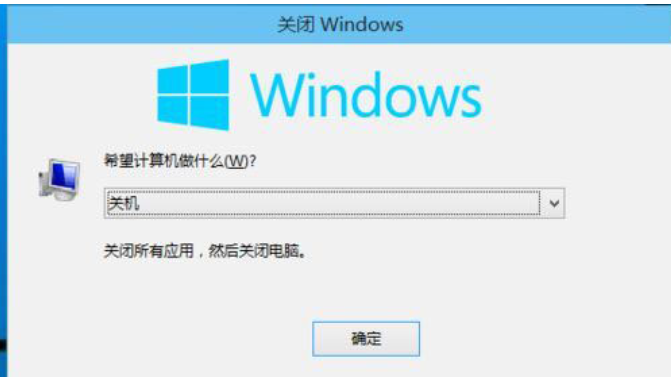C#学习随笔—操作BIN文件(读,写,替代)
BIN文件,即二进制文件,广泛应用于嵌入式,我们常用的Firmware通常会以BIN文件或者HEX文件格式存储,因此,对BIN文件的读写操作其实还是很普遍的,在这里,我记录一下我常用到的BIN文件操作。

首先C# Winform中有Binary文件(BIN文件)的基本操作类。如下所示
FileStream file_path = new FileStream(文件名, FileMode,FileAccess); //BinaryReader bin_read = new BinaryReader(file_path); BinaryWriter bin_write = new BinaryWriter(file_path);如上所示,如果是要读BIN文件,那么直接定义BinaryReader即可,如果是要写BIN文件,定义BInaryWriter。读写的基本操作为:
读BIN文件的操作为:bin_read.ReadByte():返回值为读到的Byte值;bin_read.ReadBytes(count);返回值为个数为count的Byte数组。还有很多不同返回格式,int,char等,我这里不一一赘述。
写BIN文件的操作为:bin_write.Write(value):其中value就是要写的值,value可以是byte,int或者char等格式。bin_write.Write(byte[] buffer, int index, int count);这个方法的含义就是将buffer数组中的一部分值(buffer数组的开始索引为index,长度为count),赋值至BIN文件当前位置。
下面我举一个例子,BIN文件的写,从0写到255,256个byte。
using System; using System.Collections.Generic; using System.ComponentModel; using System.Data; using System.Drawing; using System.Linq; using System.Text; using System.Threading.Tasks; using System.Windows.Forms; using System.IO; namespace TEST { public partial class Form1 : Form { public Form1() { InitializeComponent(); } private void button1_Click(object sender, EventArgs e) { SaveFileDialog save_file = new SaveFileDialog(); save_file.Filter = "BIN文件|*.bin"; if (save_file.ShowDialog() == DialogResult.OK) { FileStream file_path = new FileStream(save_file.FileName, FileMode.OpenOrCreate,FileAccess.ReadWrite); BinaryWriter bin_write = new BinaryWriter(file_path);//创建BIN文件流 byte[] init_byte = new byte[256]; for (int temp = 0; temp < 256; temp++) { init_byte[temp] = (byte)temp; } bin_write.Write(init_byte, 0, 256);//给BIN文件写内容 bin_write.Flush(); bin_write.Close(); file_path.Close(); } } } }文件运行结果为:
bin文件内容
那么写操作完成了,替换操作要怎么操作呢?实际中如果要实现HEX文件转换为BIN文件,那么替换功能将会非常有用,比如将其中的某几个数字改动一下,见代码:
using System; using System.Collections.Generic; using System.ComponentModel; using System.Data; using System.Drawing; using System.Linq; using System.Text; using System.Threading.Tasks; using System.Windows.Forms; using System.IO; namespace TEST { public partial class Form1 : Form { public Form1() { InitializeComponent(); } private void button1_Click(object sender, EventArgs e) { SaveFileDialog save_file = new SaveFileDialog(); save_file.Filter = "BIN文件|*.bin"; if (save_file.ShowDialog() == DialogResult.OK)//打开文件对话框 { FileStream file_path = new FileStream(save_file.FileName, FileMode.OpenOrCreate,FileAccess.ReadWrite); BinaryWriter bin_write = new BinaryWriter(file_path);//创建BIN文件流 byte[] init_byte = new byte[256]; for (int temp = 0; temp < 256; temp++) { init_byte[temp] = (byte)temp; } bin_write.Write(init_byte, 0, 256);//初始化BIN文件 Console.WriteLine(file_path.Length); //看一下目前文件大小 bin_write.Seek(255, SeekOrigin.Begin);//修改BIN文件当前位置至第255个字节 bin_write.Write(0x08); //第255个字节改为08 bin_write.Seek(8, SeekOrigin.Begin);//修改BIN文件当前位置至第8个字节 bin_write.Write((byte)0x01);//第8个字节改为01 bin_write.Write((byte)0x02);//第9个字节改为02 bin_write.Write((byte)(0x90));//第10个字节改为90 byte[] buffer = new byte[8]; for (int temp = 0; temp < 8; temp++) { buffer[temp] = (byte)(temp + 1); } bin_write.Seek(128, SeekOrigin.Begin);//修改BIN文件当前位置至第128个字节 bin_write.Write(buffer, 2, 5);//将Buffer字节数组中的第2到到第7个数赋值到BIN文件的第128到133个字节 bin_write.Write((byte)(0x90));//第134个字节改为08 Console.WriteLine(file_path.Length);//看一下目前的文件大小 file_path.SetLength(256);//文件大小已经超过256,只保留256个字节 Console.WriteLine(file_path.Length);//看一下目前的文件大小 bin_write.Flush();//释放文件资源 bin_write.Close(); file_path.Close(); } } } }上述代码的运行结果为:
可以看到,BIN文件相应的位置已经更改完成,并且其他位置也没有出现变动。
这里我需要提一下,在做替换过程中,BIN文件的大小是会发生变化的,因此我用Console.WriteLine(file_path.Length)来监控文件的大小变化。控制台输出的结果为:
256,259,256
因此,我在代码的最后将文件的长度强行设置为256.这个不用担心数据,实际测试下来,如果没有file_path.SetLength(256)语句,那么结果如下:
可以看到后面几个数据是无效的数据,这个可以直接去掉。
以上是我平时比较常用的BIN文件操作。当然,BIN文件的某一位的删除和插入,我还没有比较容易的办法,不过BIN文件的删除或者插入特定字符用的场景非常少,因此没有过多的研究。希望以上内容对大家有所帮助。
我告诉你msdn版权声明:以上内容作者已申请原创保护,未经允许不得转载,侵权必究!授权事宜、对本内容有异议或投诉,敬请联系网站管理员,我们将尽快回复您,谢谢合作!



